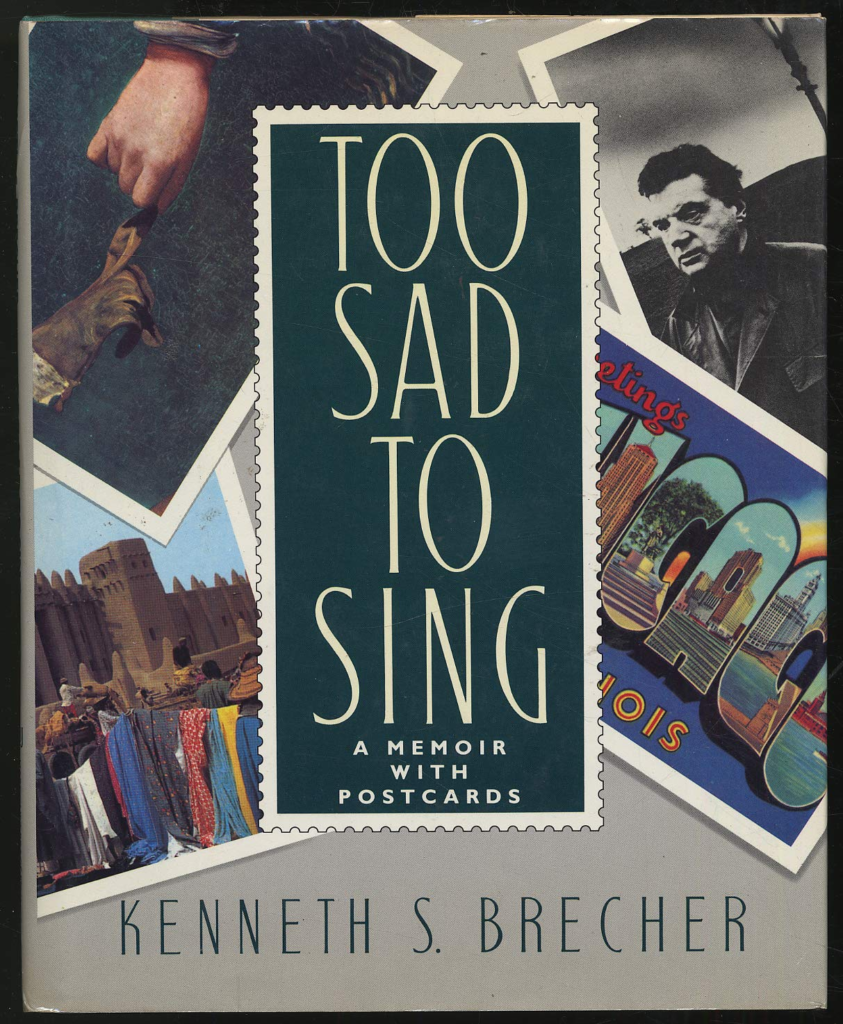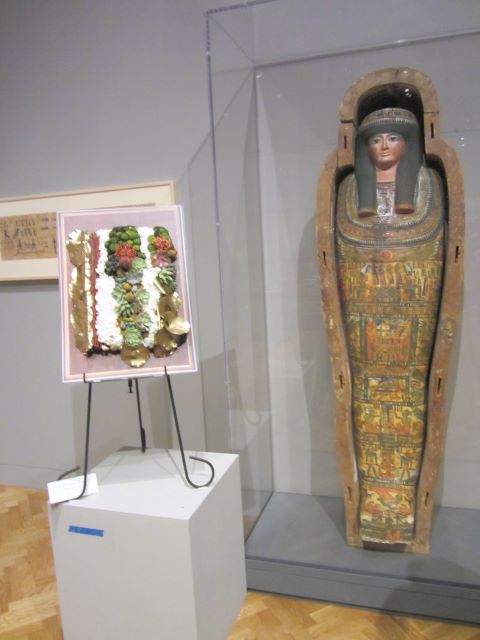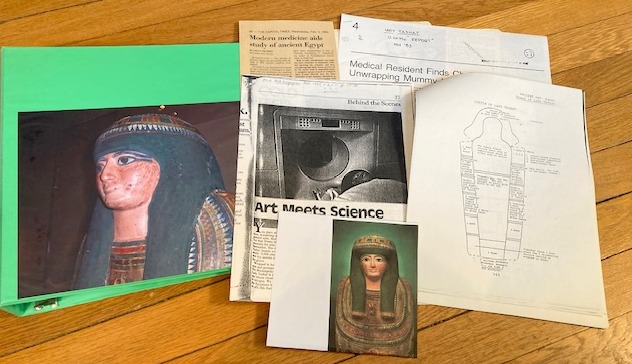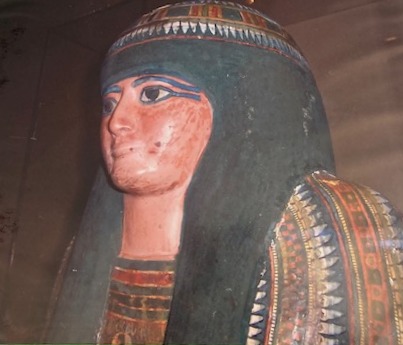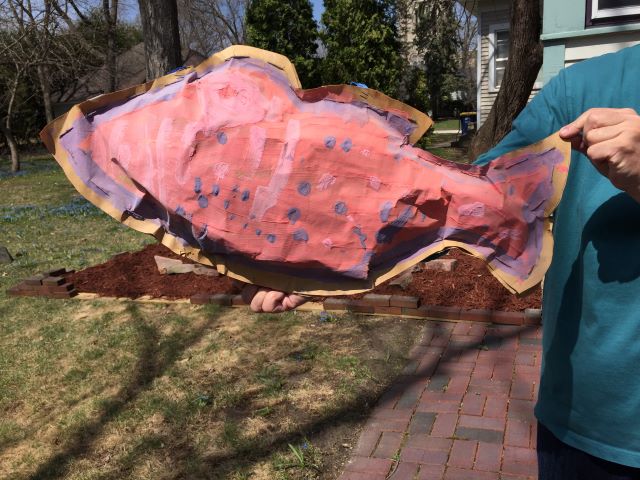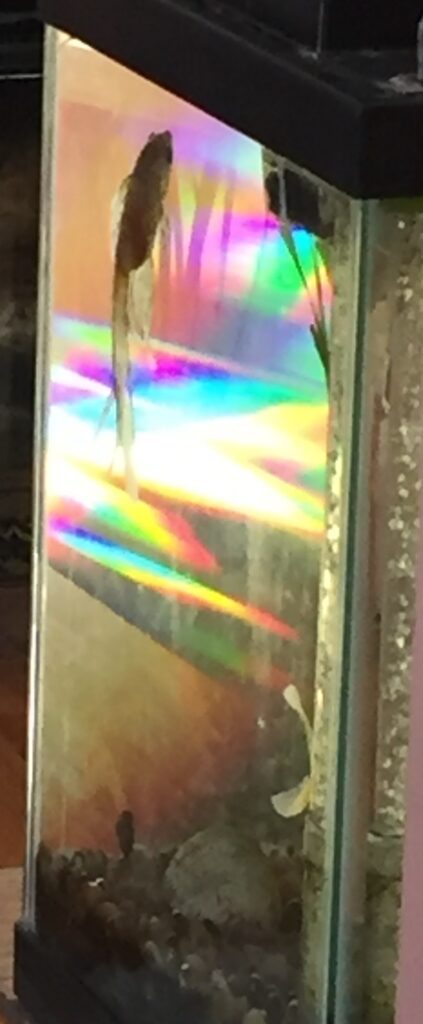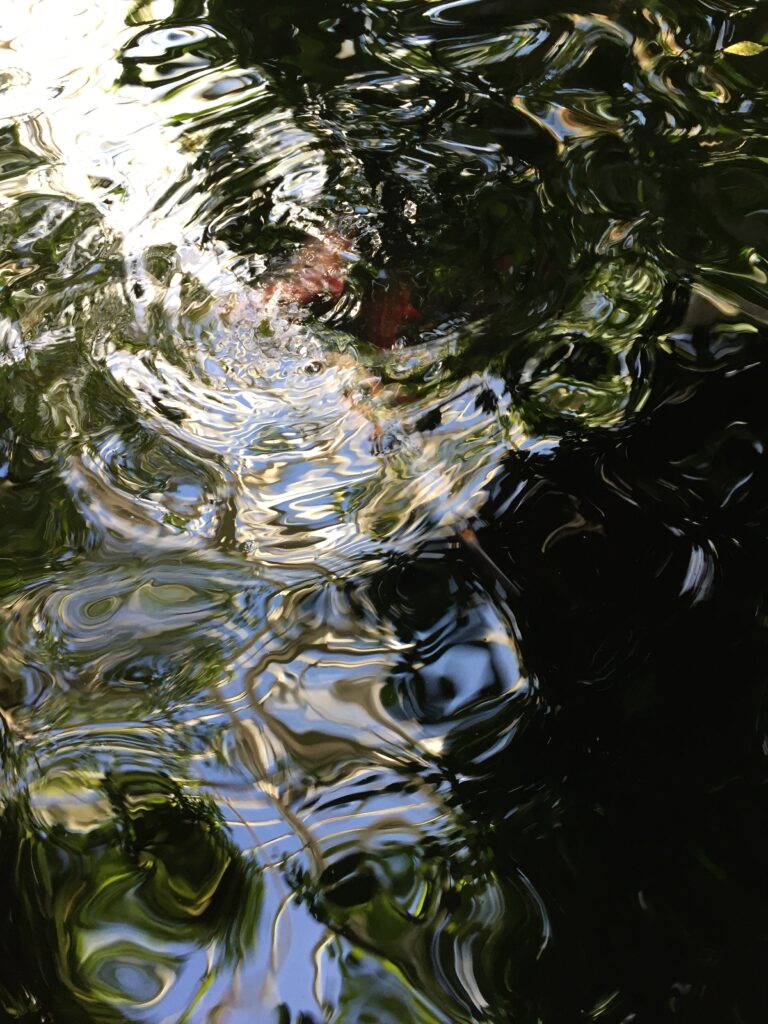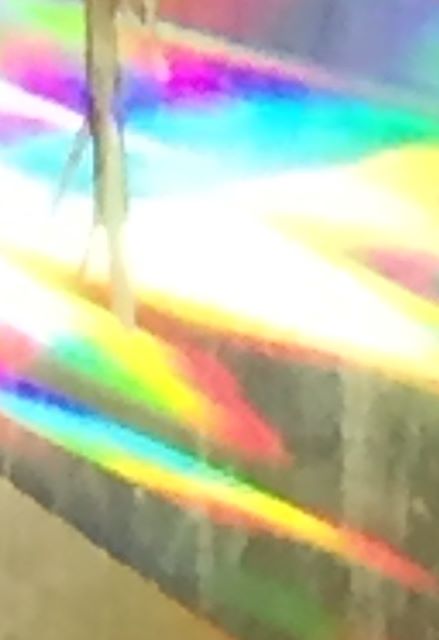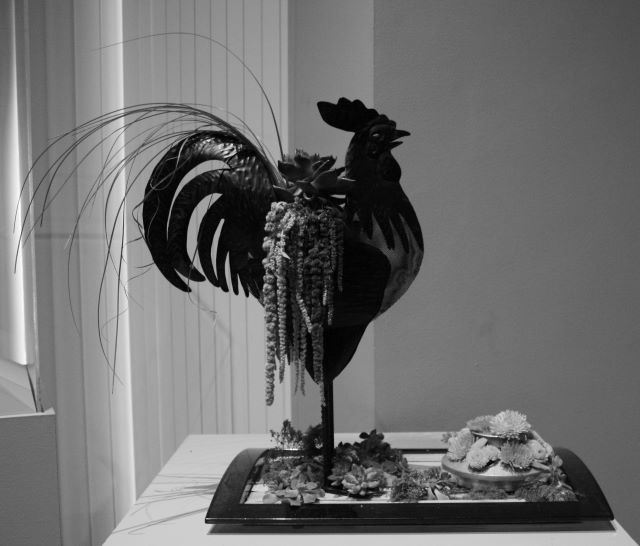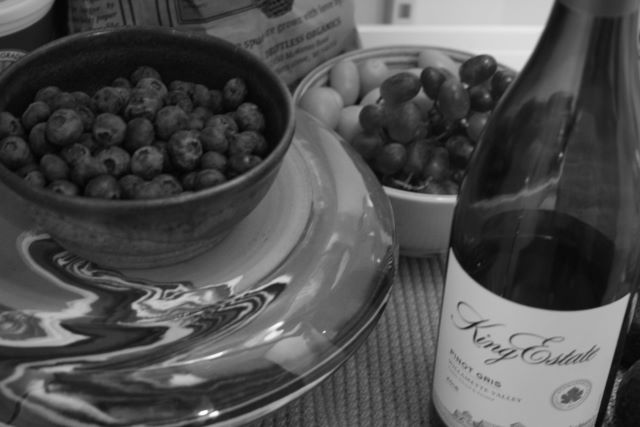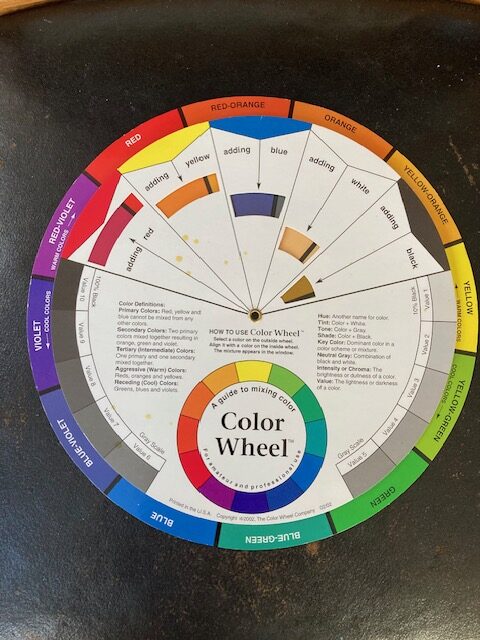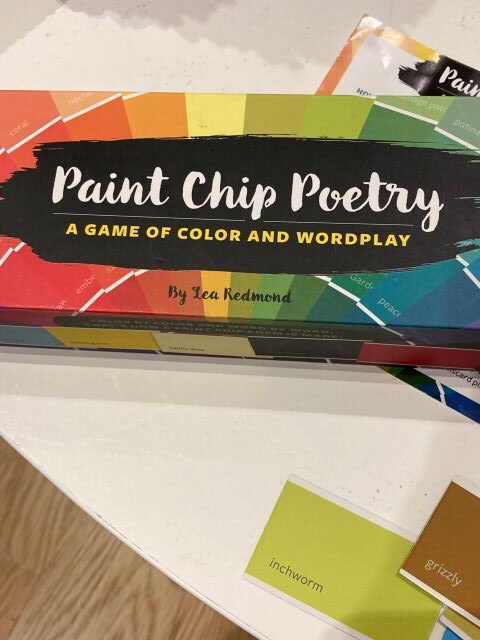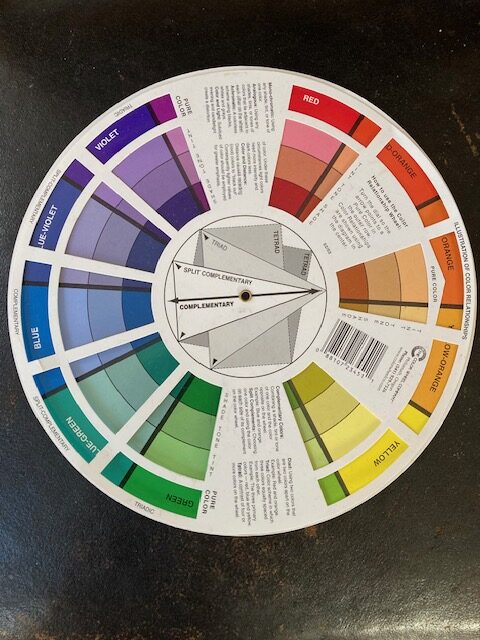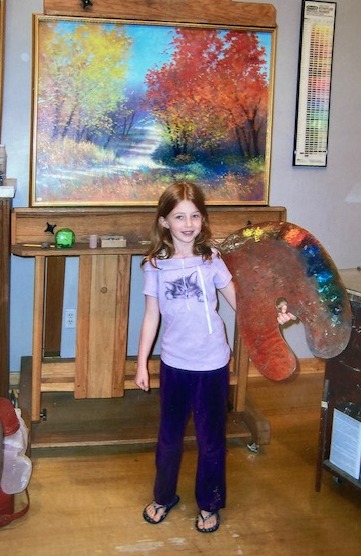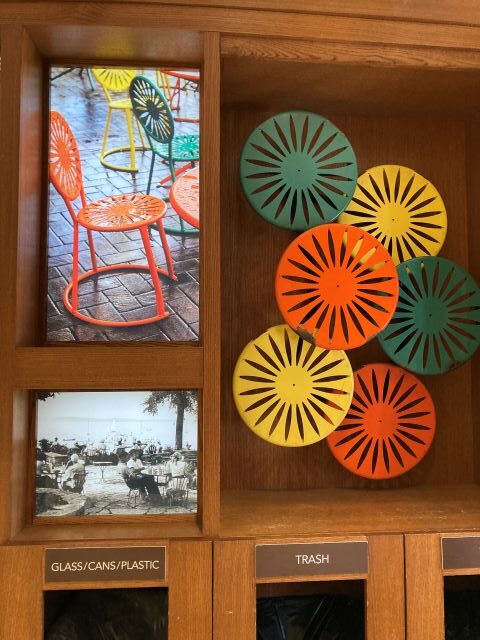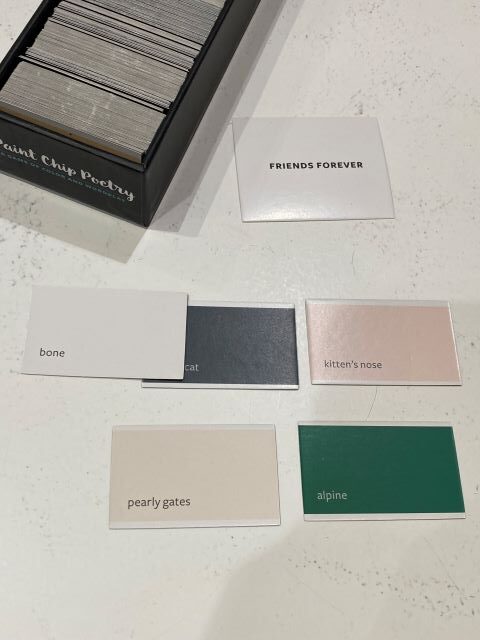
As many of you already know, I find postcards evocative, and often they are catalysts for my poems. (As I am, for the most part, a reluctant traveler, I find this interesting. I will say that most of the postcards I purchase are in museum shops, and most of the weekly postcards I have published here have been images from my own small orbit–go figure!)
Section VII of Geranium Lake is devoted to the art form of photography.
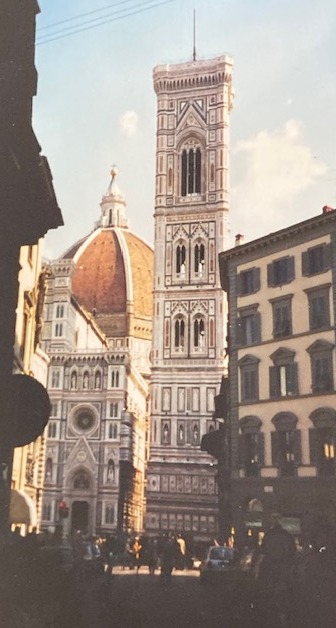
Sunday Postcard to the Past Sited by Giotto, best viewed from the east, as sun rises over the green-rimmed bowl of Florentine hills, you, bell tower, stand alone in your old, sacred precinctneighborhood, lofty as spent granary, looming on the prairie, or a rusting factory chimney. Sonic silo, housing seven named bells, we climbed your four hundred steps sometime in the last gone century. It was early. We were happy, younger, open to every view. You, campanile, dressed in spumoni marble appliqué without, were rough-hewn within: gritty, dim, stronger than centuries or human life. I remember–at each stage, as we climbed– looking down through your center: your timbers black as iron with age, your bells silent. Leslie Schultz
This poem was originally written for National Poetry Month, on Earth Day in 2018, and was published on Winona Media. HERE is the original post–published with other photographs I took on that trip.
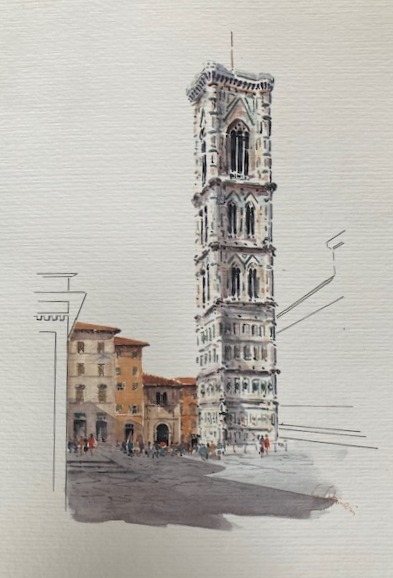
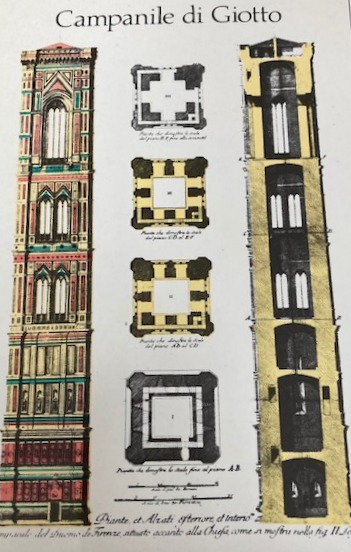
P.S. I once attended a Minnesota Humanitis Commission gathering in which Kenneth S. Brecher was the keynote speaker. He described his unusual memoir, in which he uses postcards from his collection to recall pivotal moments from his life, called Too Sad to Sing: A Memoir with Postcards (Harcourt Brace Jovanovich, NYC, 1988.) My own copy is either in hiding or on the lam, but I recall this work with great affection. I believe it is currently out-of-print, but if it crosses your path, it is worth a look.
